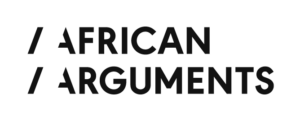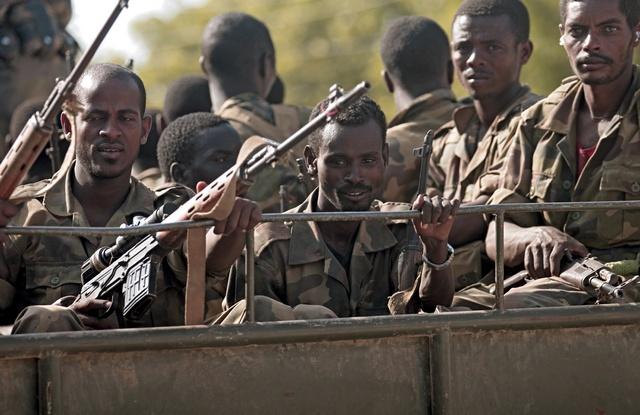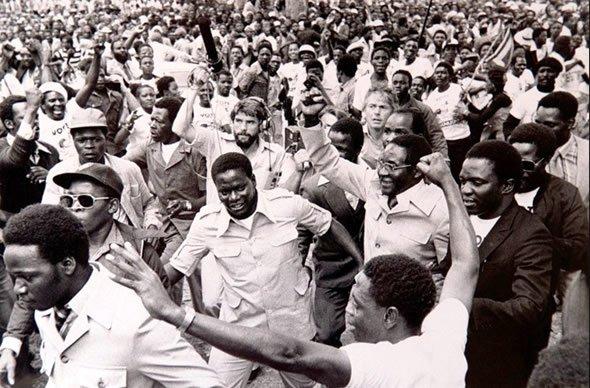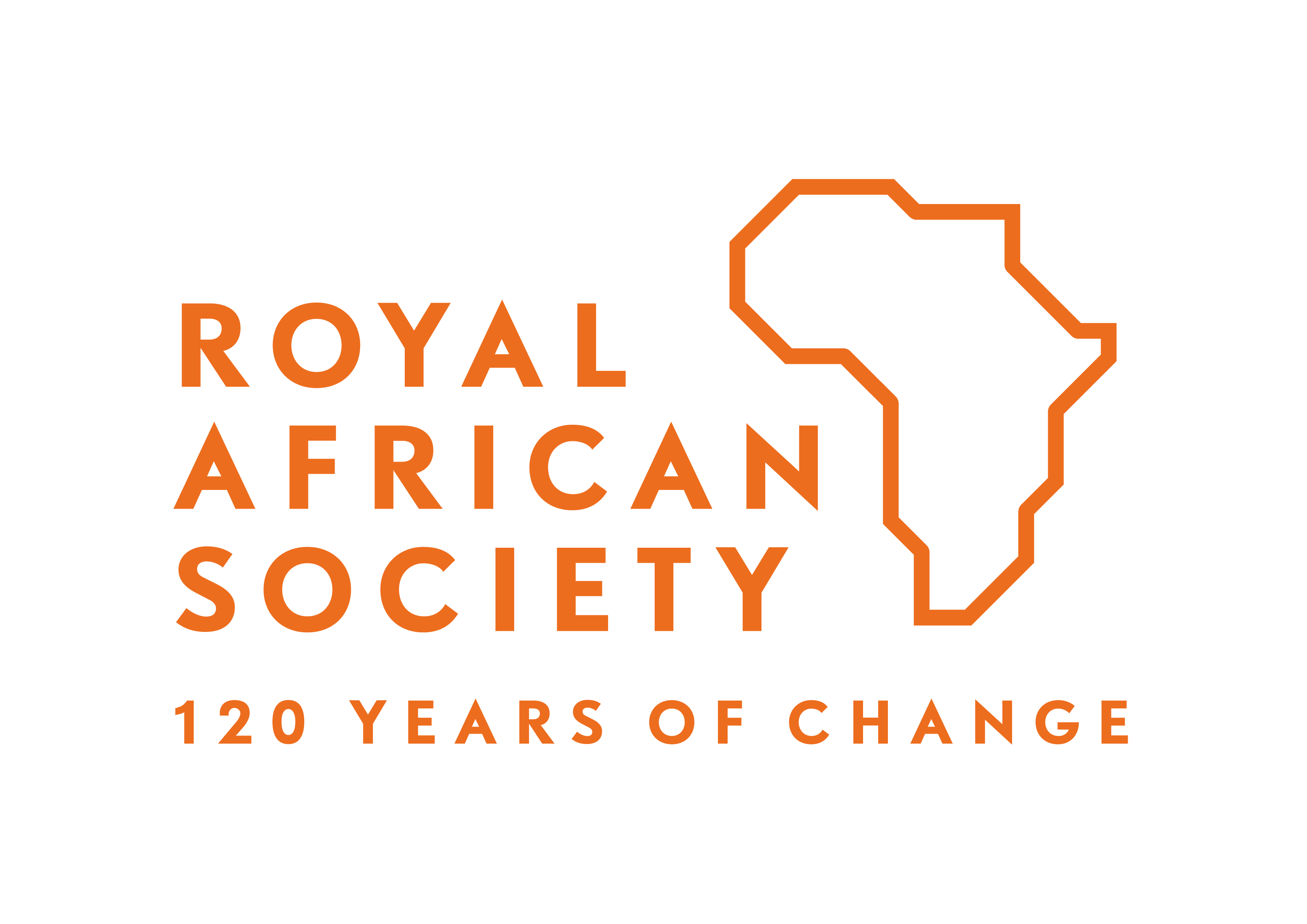A small indigenous group offers an example of how to save the world

In South Africa, the Gumbi have not only conserved essential biodiversity but created plenty of jobs in the process.
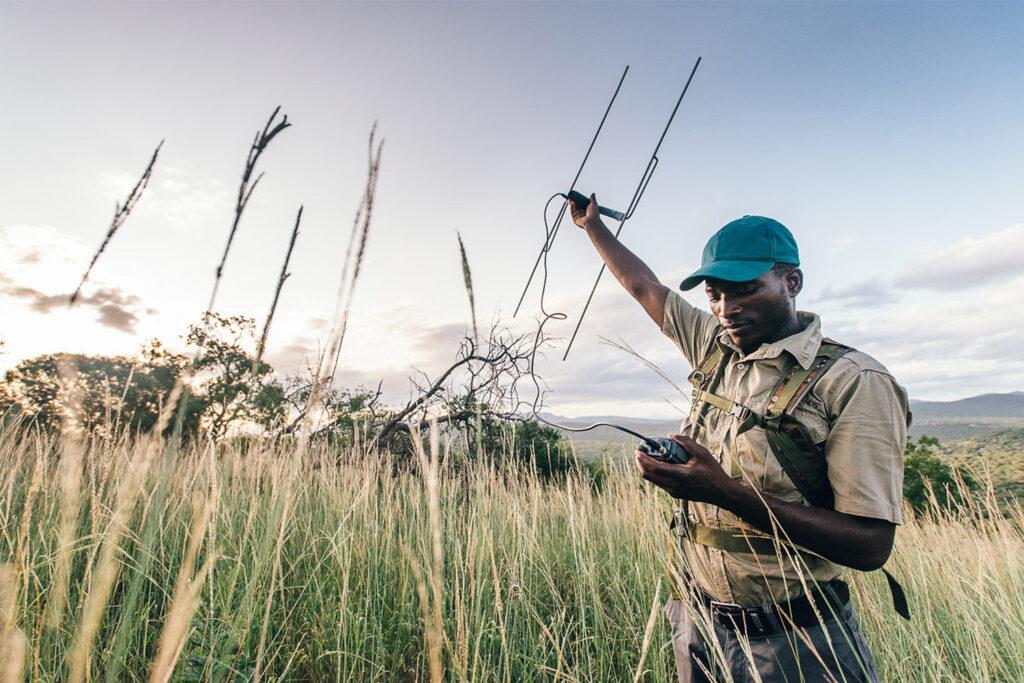
Sibusiso Mathe out on daily monitoring patrol, using telemetry to find the reserves endangered black rhino. Credit: Josh Reid Media.
When it comes to biodiversity, South Africa offers some cautionary tales. The country is the world’s third most biodiverse – containing, fully or partially, three of the earth’s 36 biodiversity hotspots – yet it has lost more than 18% of its natural habit and nearly half its terrestrial ecosystems are threatened.
However, South Africa also offers some invaluable lessons in how biodiversity can be protected. For that tale, we should look to the Gumbi, a small clan of Zulu-speaking people in northern KwaZulu-Natal. Their story underscores the wisdom of conserving large areas of biodiversity and, in the words of the Gumbi leadership, finding ways to “share life with nature”. Here’s what they did.
In 2005, the South African government returned 20,000 hectares to the Gumbi. In the 1960s, the apartheid government had seized this land and forced most of the community to vacate. Upon getting it back, the chief and his council decided to re-settle on only a quarter of it. They set aside the remaining three-quarters for conservation. Much of this protected land – called Somkhanda – had been degraded by overgrazing. It was therefore only marginally suited for agriculture but was ideally suited for a game reserve after some minimal restoration.
Somkhanda became the first community-owned reserve under the Protected Areas Management Act, meaning the land was committed to be used for conservation for the foreseeable future. Many Gumbi gained employment in the initial land restoration process. Now, many have jobs as game rangers, trail guides, lodge receptionists, chefs, drivers and anti-poaching staff.
In addition, the community has benefited from increased access to water and game meat as well as from having a place where their children can learn about biology, ecology and the wonders of the world. The reserve also protects the Gumbi people’s cultural heritage – including their sacred sites – and offers travellers, explorers, students and tourists a space to reflect, relax and experience the power of the natural world.
Somkhanda provides a roadmap not just for protecting nature but for benefiting the local community, especially where land is not suited to agriculture and where conservation is the best form of development. Restoration employs large numbers of people in South Africa, demonstrating the potential for the “green economy” to scale up. And it can lead to increased tourism, an industry that directly accounts for R139 billion ($8.3 billion) annually or 2.8% of real GDP.
For the benefit of all living creatures
In 2021, 196 governments will meet in Kunming, China, to discuss global biodiversity. At the 2010 meeting, they set the target of conserving 17% of the world’s terrestrial biodiversity. That goal has almost been reached, though at the same time, we have also seen increasing biodiversity loss and more ecosystems come under threat. The Kunming conference is an opportunity for a renewed global commitment.
The Campaign For Nature, led by Gabon, France and Costa Rica, is calling on world governments to commit to conserving 30% of Earth’s biodiversity by 2030. This global goal ensures that responsibility for solving this crisis is shared by all countries while allowing them to pursue different approaches. It also supports the objectives of the Paris Accord on Climate Change.
Currently, only 8.48% of South Africa’s land is under some form of conservation. But it could achieve the 30% goal by replicating the Gumbi people’s approach of restoring degraded lands and building up the green economy. The government has already set a goal of transforming 10 million hectares of marginal agricultural land into wildlife areas, which would represent an additional 8.3% of the country’s landmass. But South Africa contains much more land that has been degraded through intensive livestock grazing and the spread of invasive alien plants. Involving communities in the restoration of these areas will not only restore biodiversity but create much needed jobs.
A thriving natural world is intertwined with human health and well-being. We have a real opportunity to commit to the conservation of our irreplaceable biodiversity, not just for the benefit of people, but for all living creatures we share this world with. To save ourselves and our planet, we must follow the Gumbi’s example and find a way to share life with nature.
